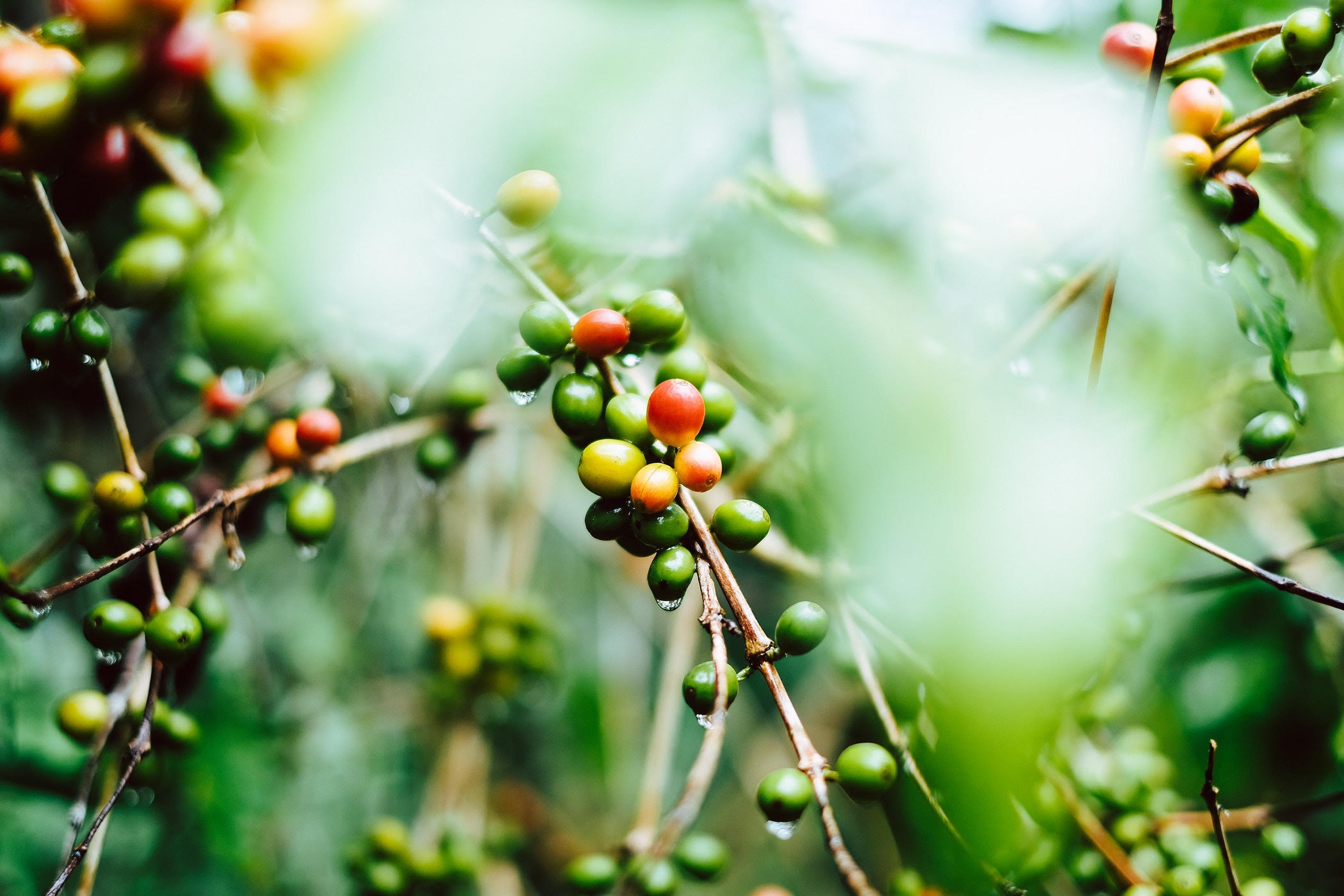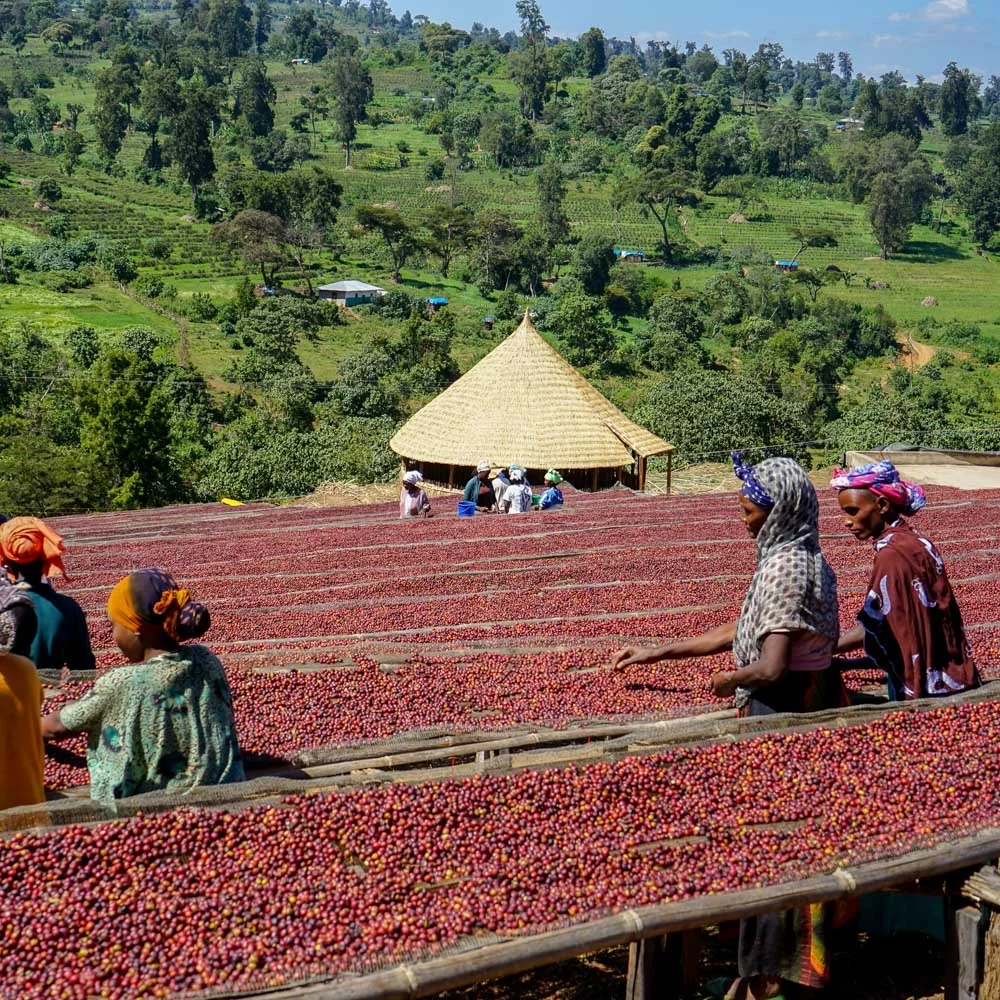The Life of Wildflyer Coffee: Part 1
Where does coffee come from? Is it really a bean? How does it become liquid and taste amazing in my cup morning after morning? Why is some coffee different than others? What do different roast levels really mean?
After a few years of providing you coffee and hearing your questions about it, we decided to start writing up a series on the life of our coffee. One of the things that makes our work important is the opportunity to provide education around the things we care about, which is why this 4-part series will include entries on coffee at origin, coffee buying, sampling/roasting, and brewing. Hopefully this series will answer some of your questions and shed some light on the fascinating journey our coffee takes from the fields to your cup!
Part 1: At Origin
Coffee is grown all over the world in more than 70 countries, but it’s generally grown between the tropics of Cancer and Capricorn. The highest producing coffee countries in the world for the 2018 crop year are Brazil, Vietnam and Colombia (Intl. Coffee Organization). You need some elevation to grow great coffee, between 3,000 and 6,000 feet above sea level is where the Arabica species of coffee is harvested. Higher elevation coffee will generally be harder due to slower maturation, which means a higher concentration of sugars and acids which in turn will increase nuanced flavor potential in the coffee. When we talk about specialty coffee we are generally always talking about Arabica versus Robusta (Canefora). Arabica coffees need higher elevation to grow, they are more dense, more nuanced, more floral, more sweet and contain about half the caffeine content of Robusta. Within the Arabica species are hundreds of varieties of coffee all with different growing tendencies, shapes, sizes, and compositions, meaning different tastes and flavors abound. Coffee is kind of like apples, you can find a ton of different varieties, some naturally occurring, some created through science for specific purposes and flavors.
Coffee cherries in Guatemala
A great example is of the coffee we are offering from Costa Rica, it’s grown by Juan Carlos Navarro on his 10-acre farm and it’s one variety of coffee called Caturra. This coffee will be more nuanced than other coffees which have multiple varieties in their crop (this is the norm), when coffee farmers limit the variables that impact flavor in the ways they can, we get to understand more of how a specific coffee, and variety, will taste. Speaking of variables, there are too many variables affecting flavor to truly control everything in how a coffee tastes. Some key variables in the growth phase that we end up tasting are the soil composition, the weather, the surrounding fauna, genetics and the ripeness of the coffee cherry when picked.
Juan Carlos Navarro’s farm in Costa Rica
Washed coffee drying after being de-pulped
Once the coffee is picked it enters the post-harvest phase where one of the ultimate flavor and characteristic determinations will take place, the processing! Processing methods and standards will vary between country, region, farm, tradition and even intention. When we’re talking about processing, that basically means the way the coffee seed (bean) is taken out of the coffee fruit (cherry) and transitioned into what we call green coffee, which is coffee that is ready to be roasted. The most popular method of processing is called washed or wet processing. It is the most efficient and quickest way of getting coffee from fruit on a tree to a clean seed ready to roast! Washed coffees generally have greater control and consistency around the amount of fermentation (ability for bacteria in the fruit to metabolize sugars) that occurs during processing. Washed coffees generally produce a sweet, clean, and articulate flavor and a wide variation of acidity possibilities. About 90% of the coffee bought by GPC is washed.
Raised beds in natural processing
One of the other top processing methods is called natural or sun dried or even dry process. While washed processed coffees have their fruit removed quickly from the seed after harvesting, natural coffees are allowed for the fruit to dry ‘naturally’ for up to 30 days (usually in the sun in raised beds) before being hulled or husked. This allows for some crazy fermentation to occur which can develop wild fruity flavors, ‘winey’ characteristics and a typically heavier body. The natural process is widely used in Brazil, Costa Rica and Ethiopia with regional variations in exactly how the processing is done. The natural process takes considerably longer than wet processing, carries more risk in final quality, takes more space, and costs more money. However, the rewards for a hit are, in a word, huge. We have carried a few natural coffees to date and will continue to search for an incredible natural to share with you!
That’s all for today at origin! There is a TON of more information to be had here, and learned by us. If you have questions and want to learn alongside us, send over a message and we can adventure further into coffee together!
Next entry we’ll discuss how we make buying decisions, which results in the coffee you drink!




